Webinar video available
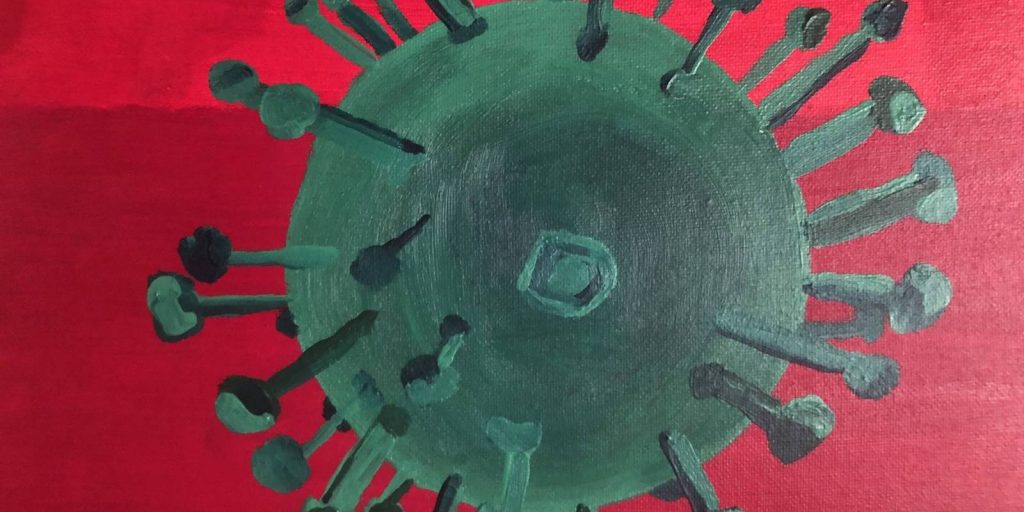
If you missed the last webinar with Mary Sheehan, you can catch up here:
https://drive.google.com/file/d/1eDqwle_IN2UuAhKXA1eD9HEk9SUqLtGY/view?usp=sharing
And find recordings of other past talks here:

If you missed the last webinar with Mary Sheehan, you can catch up here:
https://drive.google.com/file/d/1eDqwle_IN2UuAhKXA1eD9HEk9SUqLtGY/view?usp=sharing
And find recordings of other past talks here:
What can we learn from the history of pandemics and the Covid-19 situation? Three short panel talks from 3 PANSOC researchers will be given followed by a panel conversation. Organizer is OsloMet University library. You can read more about the event here: Mental health and pandemics – OsloMet
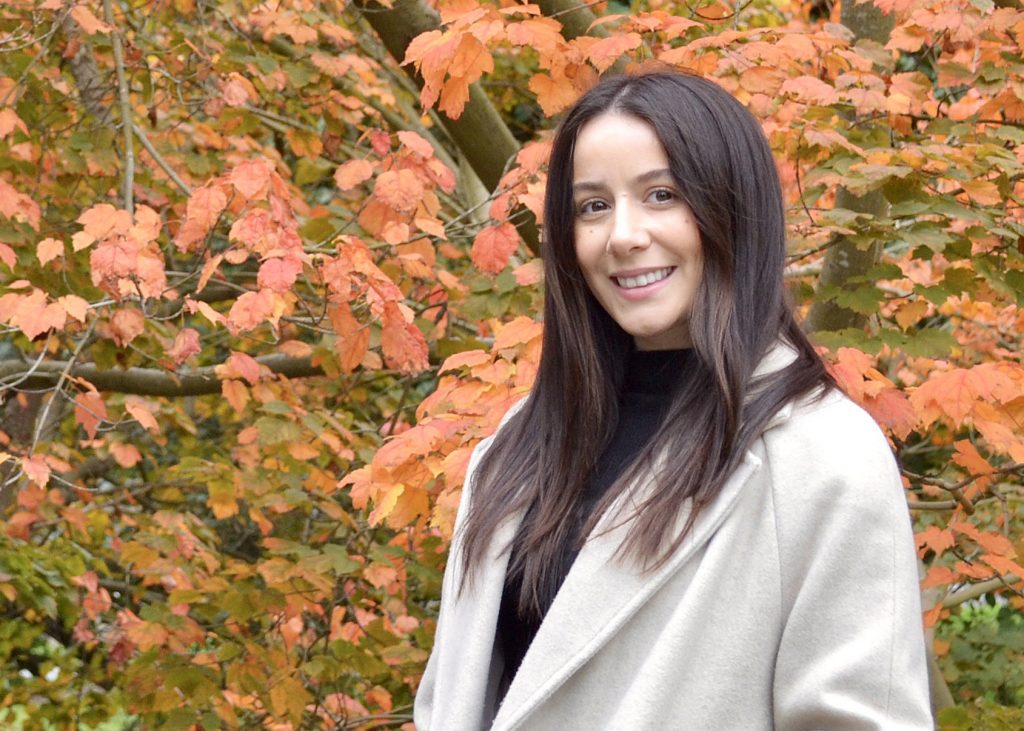
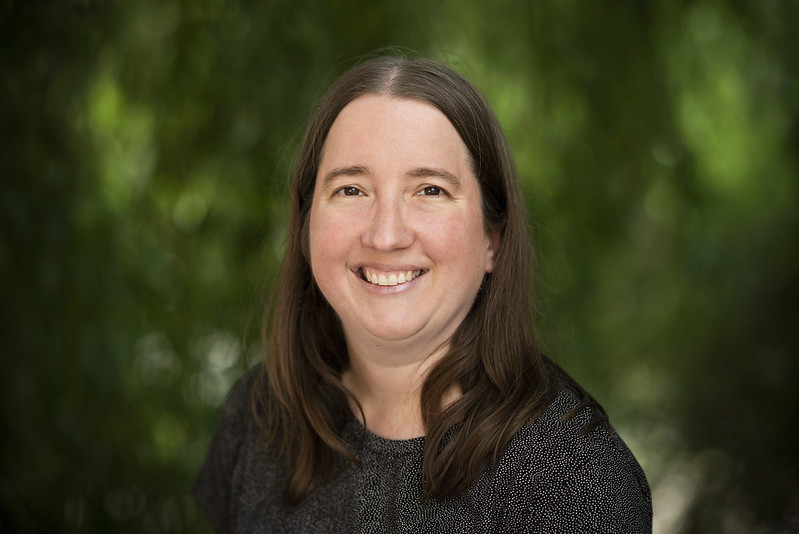
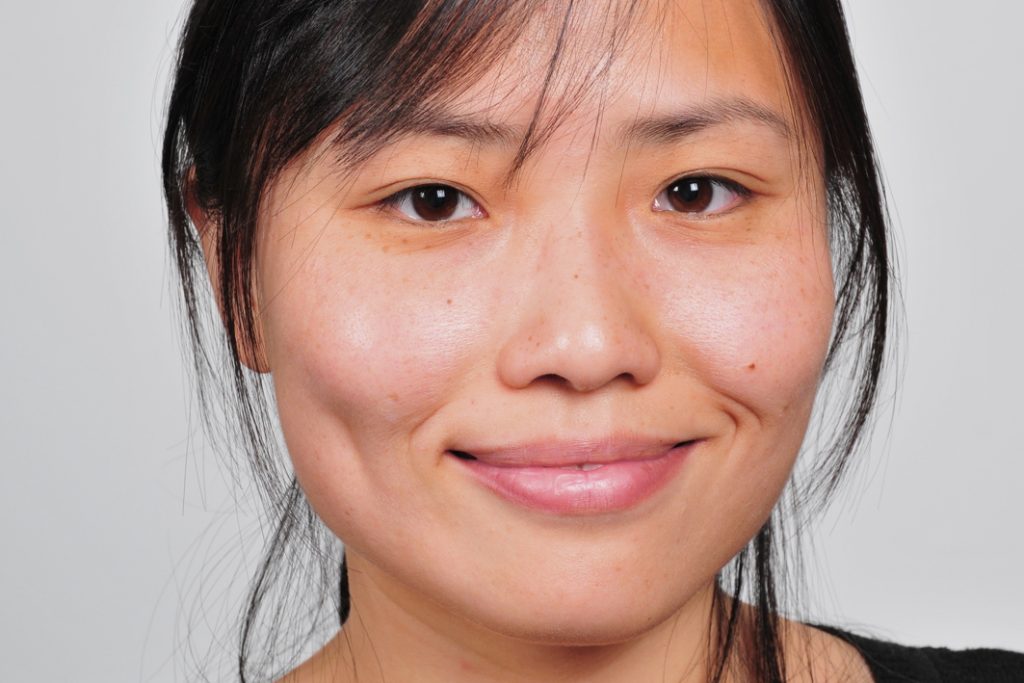

Contact jessicad@oslomet.no if you need a link for the webinar on September 30.
Howard Phillips, University of Cape Town will present “The Silence of the Survivors: Why Did Survivors of the ‘Spanish’ Flu in South Africa Not Talk about the Epidemic?”
To dissect the label ‘forgotten’ which is as inaccurately applied across the board to the great influenza pandemic of 1918-1919 in South Africa as the label ‘Spanish’, this paper will draw a clear distinction between two categories of survivor, viz. institutions and individuals. In the case of institutions like the state, the military, the professions and faith-based communities, their silence stemmed mainly from a deliberate wish not to memorialise what was for them a comprehensive rout as they failed, by and large, to meet the needs of those dependent on them for protection or succour. On the other hand, the long silence of individuals about their experiences in the pandemic was, in the main, not the result of active suppression of memories but more a consequence of a reluctance to actively revive distressing memories of a doleful and frightening period of their lives. That they had not deliberately buried such memories in amnesia is made clear by the readiness with which, sixty years later—by when the pain of such memories had eased—over 170 of them willingly shared their graphic recollections of the pandemic in interviews with the author. Drawing on these almost unique recollections, this paper seeks to construct why, when and how their silence turned into speaking, thereby adding important dimensions to one-dimensional concepts of both silence and survivors.

Have you missed any of our recent Pandemics & Society Seminars? You can view recordings of all of our seminars since Spring 2021 below.
By series:
Spring 2021
Fall 2021
Spring 2022
Fall 2022
Spring 2023
Fall 2023
Spring 2024
Spring 2021
March 18: Siddharth Chandra, Michigan State University, USA: “Demographic impacts of the 1918 influenza pandemic.”
Part 1 https://drive.google.com/file/d/1zGeicnUvdoal34NnqXzmEW3iVqc2986S/view?usp=sharing
Part 2 : https://drive.google.com/file/d/1gjEg9_RmzkII9CrYOlgnydZDY1JUSrPw/view?usp=sharing
March 25: Lone Simonsen, Roskilde University, Denmark: “The First Year of the COVID-19 pandemic.”
https://drive.google.com/file/d/1IYI5u69u_UcUQKTqDfXU4g3vd5MwxfYr/view?usp=sharing
April 15: Rick J. Mourits, International Institute for Social History, Amsterdam, the Netherlands: “Occupational characteristics and spatial inequalities in mortality during 1918-9 influenza pandemic in the Netherlands.”
https://drive.google.com/file/d/1kaS6-ZPXIUD3gE6tVqPyzv-9jt34e-pX/view?usp=sharing
April 22: Lisa Sattenspiel, University of Missouri, USA: “Comparing COVID-19 and the 1918 flu in rural vs. urban counties of Missouri.”
https://drive.google.com/file/d/1nGAq4NiDNLSZ29k6SwP1QOSRk1mU6nX9/view?usp=sharing
April 29: Taylor Paskoff University of Missouri, USA: “Determinants of post-1918 influenza pandemic tuberculosis mortality in Newfoundland.”
https://drive.google.com/file/d/1ITGdw3NVFmFvlczoe3dV07cBk_oab3zW/view?usp=sharing
May 7: Sushma Dahal & Gerardo Chowell-Puente, Georgia State University, USA: “Comparative analysis of excess mortality patterns during pandemics in Arizona and Mexico.”
https://drive.google.com/file/d/1PJMxgZsjcoIZtDqGPVd8AQPrgp5nnM0h/view?usp=sharing
May 20: Jessica Dimka, Oslo Metropolitan University: “Disability, Institutionalization, and the 1918 Flu Pandemic: From Historical Records to Simulation Models.”
https://drive.google.com/file/d/1yw2hcIrlOnntC03VwvKbCVu7TouQX7zj/view?usp=sharing
August 19: Elizabeth Wrigley-Field (University of Minnesota) & Martin Eiermann (University of Berkeley): “Racial Disparities in Mortality During the 1918 Influenza Pandemic in United States Cities.”
https://drive.google.com/file/d/1QdMvRDzGcc_v9ltZNptunYdY2BNhTIx3/view?usp=sharing
Fall 2021
September 9: Ida Milne, Carlow College: “Forgetting and Remembering the Great Flu: Collecting and Shaping Narratives.”
https://drive.google.com/file/d/1AZxdaQ_rNktQ6bNetm8fBBghfBrBIf1F/view?usp=sharing
September 16: Mathias Mølbak Ingholt, Roskilde University, Denmark: “Occupational Characteristics and Spatial Differences During an Intermittent Fever Epidemic in Early 19th Century Denmark.”
https://drive.google.com/file/d/1mgG0ENPAPqCpTcbkhR5XJlffGJx7__s7/view?usp=sharing
September 23: Mary Sheehan, University of Melbourne: “Women and the Spanish Influenza Pandemic in Melbourne, Australia, in 1919.”
https://drive.google.com/file/d/1eDqwle_IN2UuAhKXA1eD9HEk9SUqLtGY/view?usp=sharing
September 30: Howard Phillips, University of Cape Town: “The Silence of the Survivors: Why Did Survivors of the ‘Spanish’ Flu in South Africa Not Talk about the Epidemic?”
https://drive.google.com/file/d/119FUT3Iki4TBNbtFPfyuiAOxNnkuoE-b/view?usp=sharing
October 7: Guido Alfani, Bocconi University: “Unravelling the Mysteries of Seventeenth-Century Plagues: The Contribution of Micro-Demographic Approaches.”
https://drive.google.com/file/d/1CX8iZ4_mVED_2YIMuHOLIr6t9EF1_ImO/view?usp=sharing
October 21: Amir Afkhami, The George Washington University: “From Cholera to COVID19: Continuity and Change in Iran’s Pandemic Experience.”
https://drive.google.com/file/d/1op1HBfBqw7e3qZ9c6nrHZOY8MLwaSww5/view?usp=sharing
October 28: Hampton Gaddy, University of Oxford: “Re-estimating the global and national death tolls of the 1918-20 pandemic: Updating Johnson and Mueller (2002).”
https://drive.google.com/file/d/1qsOf1GMe0G-mkEVB9Uz7wQje43tb2tvL/view?usp=sharing
November 11: Sharon DeWitte, University of South Carolina: “Social Inequality and Pandemic Mortality: The Biosocial Context of the 14th-Century Black Death.”
https://drive.google.com/file/d/1ro1D39YQSP1i-fSYGRNbzAeDRK9n485a/view?usp=sharing
November 18: PANSOC’s Master’s Students Carla Louise Hughes (“The Association between the 1918 Influenza Pandemic and Suicide Rates in Norway”) and Lara Maria Dora Steinmetz (“Vaccine hesitancy in Eastern Oslo during COVID-19: Associated sociodemographic factors and subsequent reasons.”)
https://drive.google.com/file/d/1-WN_mISdwjzUkK89AmxAoxK97J21gldp/view
December 2: Madeleine Mant, University of Toronto Mississauga: “Going Viral: COVID-19 and Risk in Young Adult Health Behaviour Models.”
https://drive.google.com/file/d/1vSYEgDcwWGFr_o7dAYI86V1Ds7vROGYO/view?usp=sharing
December 16: John Eicher, Pennsylvania State University – Altoona: “A Digital History Approach to Analyzing Memories of the 1918 Flu Pandemic.”
https://drive.google.com/file/d/1e6JIeH8keW1o1xVFYKr8fGbqhCEw_922/view?usp=sharing
Spring 2022
January 27: Christina Torjussen, University of South-Eastern Norway and PANSOC: “Kong Sverre – The Death Ship.”
https://drive.google.com/file/d/1GRr6MnyeonSxwJn_YJKknD_lwftulIVf/view?usp=sharing
February 3: Chinmay Tumbe, Indian Institute of Management Ahmedabad: “India and 1918 Influenza Pandemic: Mortality Estimates and Correlates.”
https://drive.google.com/file/d/1pLm4e4ZSYLbXiZ_vJh00trmsLTz1n-5j/view?usp=sharing
February 10: Binoy Kampmark, RMIT University Melbourne, “‘Killing cockroaches with a nuclear weapon’: The Victorian Pandemic Management Bill.”
https://drive.google.com/file/d/1jCAC4nuXflKxSwwnEwVHl6nEIBIvN_em/view?usp=sharing
February 24: David Roth, The Australian National University, “The effects of the 1918-1919 influenza pandemic on mental patients in New South Wales – Work-In-Progress.”
https://drive.google.com/file/d/1JEZxxkVuquBdjwwYJKahn1-b9iL_DmsB/view?usp=sharing
March 10: Tamara Giles-Vernick, Institut Pasteur: “Complex local vulnerabilities and the COVID-19 pandemic in France.”
https://drive.google.com/file/d/1nMWPZdNHYWge82FR8rQZg0jvRKTIJRs0/view?usp=sharing
March 17: Margarida Pereira, PANSOC, “The 2020 Syndemic of Obesity and COVID-19 in an Urbanized World.”
https://drive.google.com/file/d/1jqiHIJBDFekAhQVZsVK0mOoUFai9iHwm/view?usp=sharing
March 31: Lianne Tripp, University of Northern British Columbia: “Overlooking the demographic data: COVID-19 in First Nations in Canada.”
https://drive.google.com/file/d/1dzevzFE3Xd2Or6nldnGQNYoFfIxcTdtV/view?usp=sharing
April 7: Amanda Wissler, University of South Carolina & Cleveland Museum of Natural History, “The Long-Term Impacts of Pandemic Disease: Health and Survival after the 1918 Influenza Pandemic.”
https://drive.google.com/file/d/1uwlgjGVzWOOeomnnWMWjY_jOG9BraxHG/view?usp=sharing
April 21: Jord Hanus, University of Antwerp, “Socioeconomic Status and Epidemic Mortality in an Urban Environment: Mechelen (Belgium), 1600-1900”
https://drive.google.com/file/d/1qRr-rQYmLISHhmax8wX8fGK0iSx9aaSb/view?usp=sharing
May 5: Vibeke Narverud Nyborg, University of South-Eastern Norway and PANSOC, The exploration of state health legislations as possible driving forces to non-pharmaceutical interventions (NPIs) during the 1918 pandemic in different Norwegian regions.”
https://drive.google.com/file/d/1nHUYYH4hiVvuef_3G7u8UL3xhYSWuY4S/view?usp=sharing
May 12: Carolyn Orbann, University of Missouri, “Co-circulating respiratory diseases at the end of the 1918 influenza pandemic.”
https://drive.google.com/file/d/1wG_MNSGx8FQWiBvSvOWiL2oYLh_Xcwxo/view?usp=sharing
Fall 2022
September 15: Kirsty Short, The University of Queensland, “Obesity and viral disease: lessons for pandemic preparedness.”
https://drive.google.com/file/d/1KitOcdQl7lxjqhP8f-CdE_Sbvm71bfQW/view?usp=sharing
September 22: Nele Brusselaers, Antwerp University & Karolinska Institutet & Ghent University, “How science affected Covid-19 policy in Sweden.”
https://drive.google.com/file/d/1Z25XYP35uTOTE604L6E3RUOvNlR480Xf/view?usp=sharing
September 29: Sushma Dahal, Georgia State University, “Investigating COVID-19 transmission and mortality differences between indigenous and non-indigenous populations in Mexico.”
https://drive.google.com/file/d/1pCAQJTT6VNlJSpUK0sF2DPgCIHSF8V2z/view?usp=sharing
October 6: Alexi Gugushvili, University of Oslo, “The COVID-19 Pandemic and War: The Case of Ukraine.”
https://drive.google.com/file/d/130_BjrV1NUIvIZqkL1HNrO6LgfM3mXJF/view?usp=sharing
October 20: Masato Shizume, Waseda University, “The Great Influenza Pandemic in Japan: Policy Responses and Socioeconomic Consequences.”
https://drive.google.com/file/d/1NqroXG-sQFi_fBlOLeHIjSO0yna4UHHo/view?usp=sharing
October 27: Ben Schneider, Oslo Metropolitan University, “Work and the 1918–20 Influenza Pandemic in the US.”
https://drive.google.com/file/d/1Rlm0NWN5yvDEvRvQFgkuaX513oxTBn40/view?usp=sharing
November 3: Heather Battles, The University of Auckland, “A historical syndemic? Measles and scarlet fever in goldfields-era Victoria.”
https://drive.google.com/file/d/1wGDnk0bHbdKqzZTMVBrVLW8GZkZZx8Dy/view?usp=share_link
November 17: Esyllt Jones, University of Manitoba, “Contested Concepts of Borders and Containment in the Great Influenza Pandemic Era in Canada.”
https://drive.google.com/file/d/1yCbJfDJqvSsxpYHgtX1r4gDmAJTSBXFc/view?usp=sharing
December 1: Tobias A. Jopp and Mark Spoerer, University of Regensburg, “Tracing the temporal and spatial course of the Spanish flu in Germany.”
https://drive.google.com/file/d/1bMJyCdaY_TqPRUoVqKjhXCyZqvfnsVw1/view?usp=share_link
Spring 2023
January 19: Taylor P. van Doren, Sitka Sound Science Center, “Risk perception, resilience, and future population health challenges due to COVID-19 in Southeast Alaska.”
https://drive.google.com/file/d/1wJ9crhaDJRYC5r8AfQf1wOsDVPExteEQ/view?usp=share_link
February 2: Marama Muru-Lanning, University of Auckland, Hongi (pressing of noses), Harirū (handshakes) and Hau (sharing breath): In the time of COVID-19.”
https://drive.google.com/file/d/1aGdxALLBpRoEED_DCysHMKXIfcjzXKWB/view?usp=share_link
February 16: Mikaela Adams, University of Mississippi: “Influenza in Indian Country: Indigenous Sickness and Federal Responsibility during the 1918-1920 Pandemic.”
https://drive.google.com/file/d/1rs6VrpLBChBDphEo6otpm-pTL2t48TWx/view?usp=sharing
March 2: Luissa Vahedi, Washington University in St. Louis: “COVID-19 and Violence against Women and Girls: Understanding Synergies, Long-term Consequences, and Lessons Learned for a More Equitable Future.”
https://drive.google.com/file/d/1Cqp5jjJsd8S2Xm4na6sggEY6Mttir1ZE/view?usp=share_link
March 16: Elisa Perego, University College London: “Long Covid: history, research, future challenges.”
https://drive.google.com/file/d/197ZYQ3QD1GiqxXOR4K5Qisqy7QULpTRY/view?usp=sharing
March 23: Helga E. Bories-Sawala, University of Bremen: “The forgotten pandemic that created today’s America: A look at the history textbooks of Québec.”
https://drive.google.com/file/d/1wvyonGLl33j1OfbggRV-q5yrdRfrezLv/view?usp=sharing
April 20: Courtney Heffernan, University of Alberta: “Tuberculosis elimination in low prevalence settings: research and implementation.”
https://drive.google.com/file/d/1hMHcehOHZC9_CKCRlgWd37u1VIBQkbRe/view?usp=share_link
April 27: Marcia Anderson, University of Manitoba: “The Impacts of the COVID-19 Pandemic for First Nations Peoples and Communities: the role of leadership and governance in addressing policy gaps and barriers to access.”
https://drive.google.com/file/d/1PZc4GDE_4kImJFqKSVcFVPYWXsfbZ1rq/view?usp=sharing
Fall 2023
August 24: Eevi Juuti, University of Oulo, “Built Environments and Pandemics: An Introduction to the RECIPE Project”
https://drive.google.com/file/d/1TIGvh_8yWdEa4EoB98SqAjW-J_IhnZJL/view
September 7: Maria Dunbar, PANSOC, “Historical endemic diseases and syndemic demographic effects”
https://drive.google.com/file/d/1hkFTs8NjbnBTuhH65i0gw2Z7-mPeQCIT/view
September 14: Rebecca Main, University of Stirling, “Plague and Bronze Age Migrations“
https://drive.google.com/file/d/1JlUMnk1ya6k-437-VFm9f-psbgC3WK3f/view
September 21: Erik Hornung, University of Cologne, “Political Effects of the 1918 Influenza Pandemic“
https://drive.google.com/file/d/1wZUBIN5S5C5pWoaRAHx_45W1tCuoNzu_/view?usp=sharing
October 12: Francis Gealogo, Ateneo de Manila University, “Cholera & Spanish Flu in the Philippines“
https://drive.google.com/file/d/1fxRe3pyd5y0nnN7WtUZjNURBoIIEaefH/view?usp=sharing
October 19: Uddhav Khakurel, PANSOC,”The Grenfell Mission and the 1918 influenza pandemic in Labrador“
https://drive.google.com/file/d/1NlMYsZBUtdW0Mea_M3rABy2he_sJ99hP/view
November 2: Natalie Bennett, Newcastle University, “Vaccination and Unequal COVID-19 Mortality in England“
https://drive.google.com/file/d/1j-4FhWHKYkFGRVlpnyu_YMqBX_2wRpbD/view
November 9: Lauren Steele, University of Queensland, “Age Patterns of Mortality Across Influenza Pandemics“
https://drive.google.com/file/d/19TTrQ4-9BM_vu3Jz2aou_arH-D41sseC/view?usp=sharing
November 30: Kristina Thompson, Wageningen University, “COVID-19 Lockdowns and Mental Health, A Simulation Approach“
https://drive.google.com/file/d/161k32uqnSYUos0TLPAWp0CVIEMW89fX8/view?usp=sharing
Spring 2024
22 February: Nita Bharti, Penn State, “Navigating gaps and biases in surveillance data“
https://drive.google.com/file/d/1qMGVsR1rC5Os7O8wx03JsND2P-dqrpNB/view?usp=sharing
29 February: Thomas Finnie, UK Health Security Agency, “Using cellular-scale models to inform public health decision making“
https://drive.google.com/file/d/1tQ4xZnTqfTkDRhIyTKAwDvrzdyc8mP5D/view
7 March: Mark Bailey, University of East Anglia, “The Economic Impact of the Black Death in England, 1350 to 1400“
https://drive.google.com/file/d/1ccLVxWAIRlPbONI7NLL8PSIFiDYhdnVH/view?usp=sharing
18 April: Islay Shelbourne, St Andrews University, “Popular understandings of contagion during the 1918–19 influenza pandemic“
https://drive.google.com/file/d/1F7uc68ovktzzIbRUOeMuAWVQLPIDaJbE/view?usp=sharing
2 May: Sergi Basco, Universitat Barcelona, “Socioeconomic mortality differences during the Great Influenza in Spain“
https://drive.google.com/file/d/1k-4hkzGqhO9_FdrTUaNDkG0A7Lhj7z0K/view
23 May: Christos Konstantopoulos, McGill University, “Forgotten Pandemic? Revisiting the “Spanish” Influenza on the First World War’s Macedonian Front “
https://drive.google.com/file/d/11D-ttvpkd87iZqUOuHScPAGLZ_XCi9OV/view

Join us on September 23 for the next webinar: Women and the Plague: Spanish Influenza in Melbourne Australia in 1919
Pandemics have always been more than just a medical problem, for they also highlight societal inequalities. Socioeconomic status and ethnic backgrounds have a profound effect on who gets sick, who dies, and who survives – often with long-term health consequences. The impact of the 1918-20 influenza pandemic globally is often told in statistical terms, with an emphasis placed on the high levels of mortality among young males; a tragedy heightened by the deaths of so many combatants during World War One. But what effect did the pandemic have on women, especially those who survived? How did women in the poorer working class suburbs eke out a living and, for the more fortunate, manage to survive? This paper will consider the effects of Spanish influenza in Melbourne. It is the result of burrowing down multiple rabbit holes to catch a glimpse of the effects the event had on women, in particular those in the working class suburbs of Melbourne.
Mary Sheehan is a doctoral candidate at the University Melbourne. Her thesis focuses on the social history of the Spanish influenza pandemic and its effects on Melbourne society in 1919. Mary has a background in nursing, and has worked in major general hospitals in Melbourne, the United States, and as a district nurse. After completing her undergraduate and Master of Arts degrees at Monash University in Melbourne, she was employed by the Victorian government in the public sector, and after that undertook multiple projects while a partner in Living Histories, including heritage studies, oral history projects and commissioned histories. In 2018 Mary returned to university to pursue a long-held interest in the social history of Spanish influenza at Melbourne University.
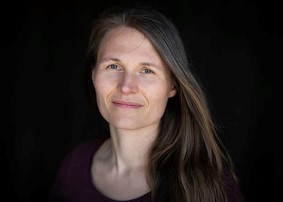
This study by Mari Holm Ingelsrud https://www.tandfonline.com/doi/full/10.1080/10301763.2021.1979449 investigates how work-related consequences of COVID-19 in Norway during the first wave varied between workers in different employment arrangements. The generalised linear model (GLM) regressions estimate the relative risk of being directed to work from home, temporarily laid off, having reduced working time and income loss in a representative sample of 3002 workers. The models compare temporarily employed and self-employed workers with permanently employed workers and workers in voluntary and involuntary part-time positions with full-time workers. Results indicate that the self-employed had a higher likelihood of experiencing reduced working time and income loss. Temporary employment did not entail a higher likelihood of any measured outcomes. Part-time workers had a higher chance of income loss and a lower chance of being directed to work from home than full-time workers. Results also indicate that employees in part-time positions had a higher likelihood of having reduced working hours. The findings are discussed with perspectives on flexibility, risk and how standard jobs form regulation and welfare policy. Despite the government’s efforts to increase the safety nets for new groups of workers, our results indicate that the coverage was not wide enough. Thus, illustrating the individual economic risk inherent in non-standard employment relationships.

Last year our Centre leader was interviewed on National German Radio on the handling of COVID-19 in in Norway relative to the Nordic countries. This year, he has done a follow-up interview for the program post Deutchlandfunk Kultur. You can listen to it here: Corona in Norwegen – Nordischer Hotspot statt Musterland (deutschlandfunkkultur.de)

If you missed yesterday’s webinar with Ida Milne, you can watch it here.

Next week, Mathias Mølbak Ingholt, a PhD student at PandemiX Center, Department of Science and Environment, Roskilde University, Denmark will present in our webinar series:
Occupational characteristics and spatial differences during an intermittent fever epidemic in early 19th century Denmark.
In the 1780’s, the high-mortality regime with frequent mortality shocks in the form of epidemics, famines and wars ended in Denmark. The 19th century is characterized as a century of declining infant- and child mortality, improving life expectancy and population growth. One event however contradicts this overall pattern: a mortality crisis in eastern Denmark that began in 1826 and ended in an explosive epidemic in the late summer and fall of 1831. In some villages, over 10% of the population died, and case fatality rates were as high as 60% some places. The epidemic began at the same time across larger geographical areas, and there is no traceable diffusion. In its time, it was labelled an “intermittent fever” epidemic – a diagnosis later associated with malaria. The theory of malaria has however been rebuked, and it has instead been suggested that it was a mass-infection of mold (Manniche, 1997). Despite being a demographic anomaly reminiscent of the high-mortality regime, the epidemic remains understudied by demographers. In this article, I study the spatial differences in mortality during the epidemic and the occupational characteristics of its victims.
Background: The objective of this study was to document whether and to what extent there is an association between socioeconomic status (SES) and disease outcomes in the last five influenza pandemics.
Methods/principle findings: The review included studies published in English, Danish, Norwegian and Swedish. Records were identified through systematic literature searches in six databases. We summarized results narratively and through meta-analytic strategies. Only studies for the 1918 and 2009 pandemics were identified. Of 14 studies on the 2009 pandemic including data on both medical and social risk factors, after controlling for medical risk factors 8 demonstrated independent impact of SES. In the random effect analysis of 46 estimates from 35 studies we found a pooled mean odds ratio of 1.4 (95% CI: 1.2–1.7, p < 0.001), comparing the lowest to the highest SES, but with substantial effect heterogeneity across studies,–reflecting differences in outcome measures and definitions of case and control samples. Analyses by pandemic period (1918 or 2009) and by level of SES measure (individual or ecological) indicated no differences along these dimensions. Studies using healthy controls tended to document that low SES was associated with worse influenza outcome, and studies using infected controls find low SES associated with more severe outcomes. A few studies compared severe outcomes (ICU or death) to hospital admissions but these did not find significant SES associations in any direction. Studies with more unusual comparisons (e.g., pandemic vs seasonal influenza, seasonal influenza vs other patient groups) reported no or negative non-significant associations.
Conclusions/significance: We found that SES was significantly associated with pandemic influenza outcomes with people of lower SES having the highest disease burden in both 1918 and 2009. To prepare for future pandemics, we must consider social vulnerability. The protocol for this study has been registered in PROSPERO (ref. no 87922) and has been published Mamelund et al. (2019).